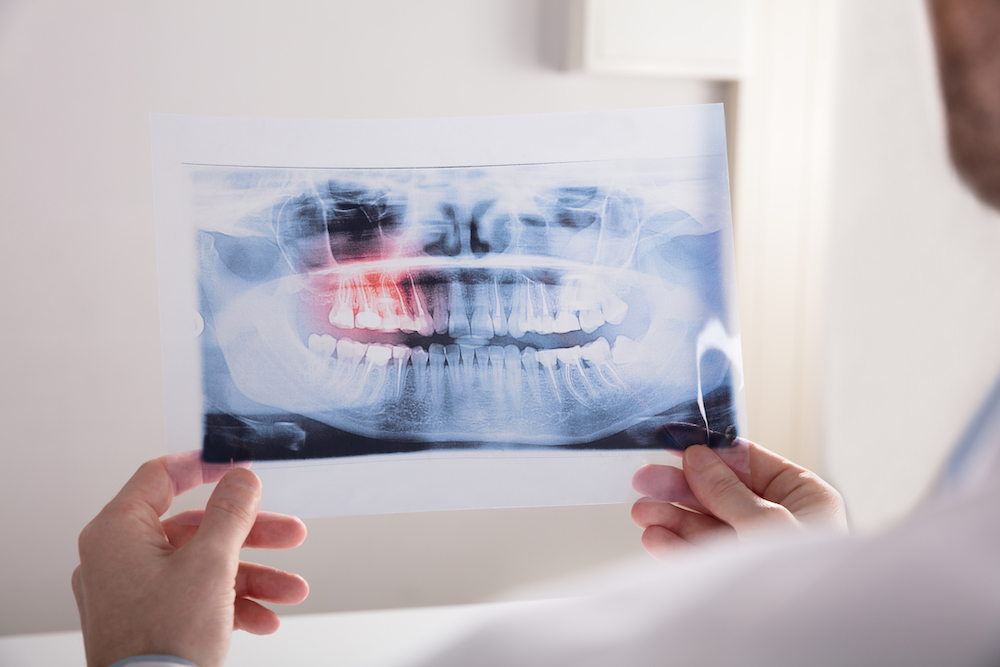
Dentists use X-rays during dental visits to evaluate the patient’s oral health. They provide an image of the teeth and gums and can reveal general oral health. They can help check the patient’s bite and identify dental issues.
Some factors determine the need for X-rays, and dentists follow guidelines for when they are required. The guidelines also dictate the frequency used during a general checkup. Here are helpful tips to learn how often you need dental X-rays.
Why Dental X-rays Are Needed
Dental X-rays allow dentists to look below the surface of the teeth and gums using high-energy electromagnetic radiation. The skin and other soft tissue cannot absorb the radiation, but hard materials such as teeth and bones can.
Digital sensors or special film create an image of the deeper areas of the teeth and jaw. The dentist can use the images to detect oral health issues that are not visible with a visual examination.
Guidelines for Dental X-rays
Most patients require routine yearly dental checkups, with others needing two appointments each year. During the annual appointment, dentists will use X-rays to check the overall condition of the teeth, jaw, and bone. They also help check for bone loss, a dental shift, and jaw malposition.
The abnormalities are difficult to see during routine exams and can cause irreversible damage. Using X-rays, the dentist can examine the bone interior and invisible structures of the eye.
Frequency of Dental X-rays
Although dentists perform them annually, some factors such as tracking treatment progress can lead to more frequent visits. The other common factors that determine their frequency include:
Age
Oral health
History of tooth decay or gum disease
Symptoms of oral conditions
Children require them more frequently than adults
New patients will often require dental X-rays to give the dentist a clear picture of their dental health
Risks of Dental X-rays
Dental X-rays involve radiation, but the levels are low enough for the procedure to be safe. The low levels are safe even for children. The risks are even lower when the dentist uses digital X-rays instead of traditional film.
The dentist places a lead bib over the chest, abdomen, and lap to protect vital organs from accidental exposure. They may provide a thyroid collar in addition to the lead bib when there is a need for both. Pregnant women should not get dental X-rays.
Problems Detected Using Dental X-rays
Dental X-rays can help detect different oral issues. In adults, they can help detect decay between the teeth and beneath fillings, bone loss, and bone changes. It is helpful when preparing for implants, dentures, braces, and other dental treatments.
They can help reveal an abscess or tooth infection. In children, they can help check the progress of teeth development and identify any developmental abnormalities.
Different types of dental X-rays record different views of the mouth. The dental practitioner will discuss the results and recommend treatment depending on the findings.
For more information on dental X-rays or to see if you’re due for one, visit Reaves Dental at our office in New Hartford, New York. Call (315) 736-0139 today to schedule an appointment.








